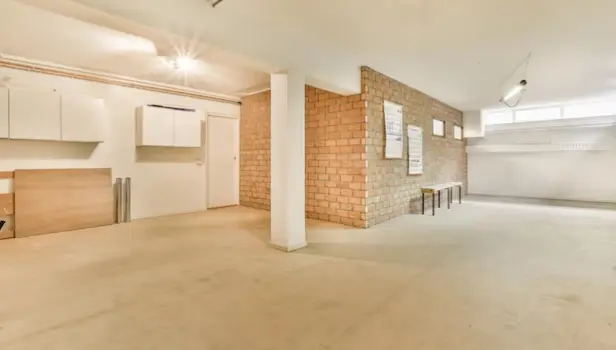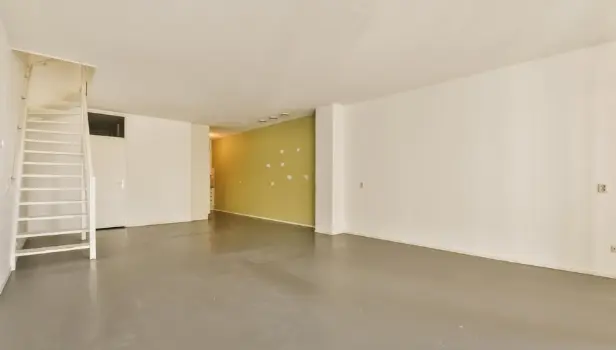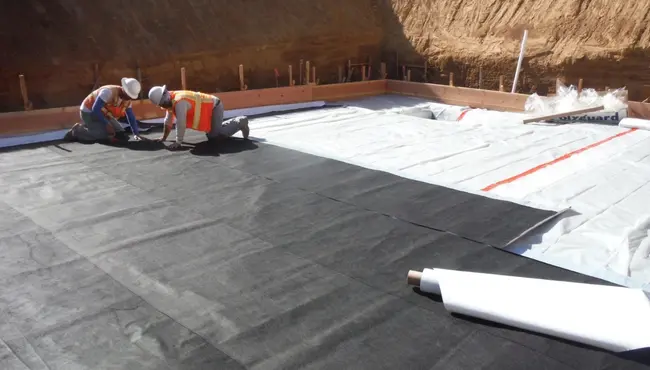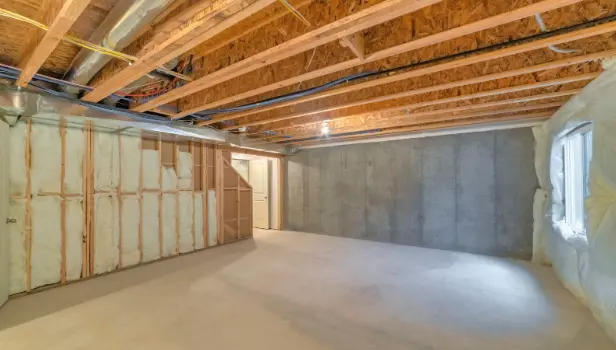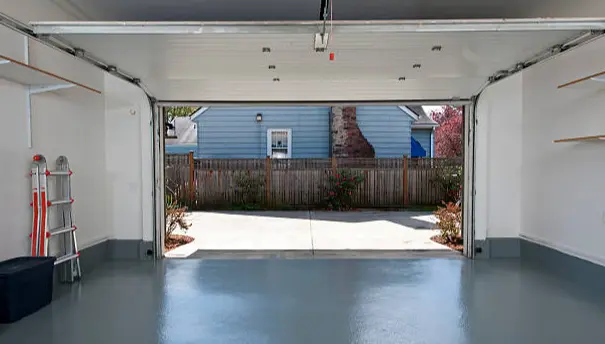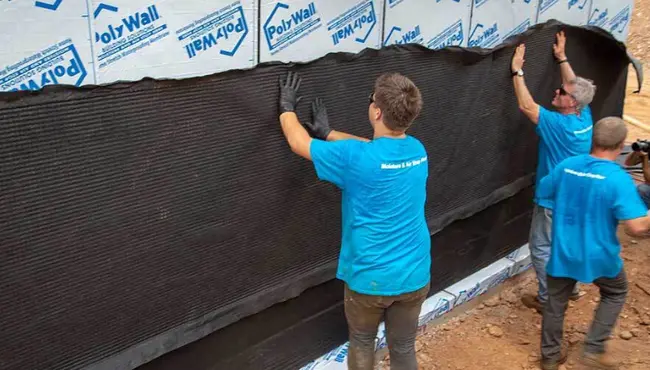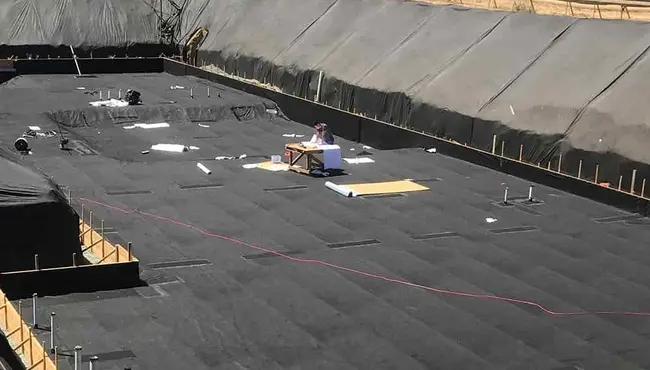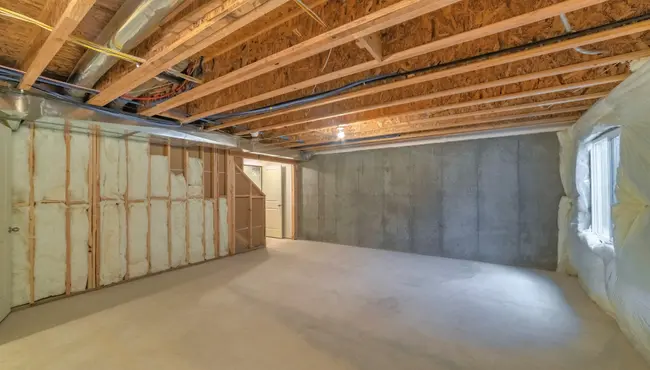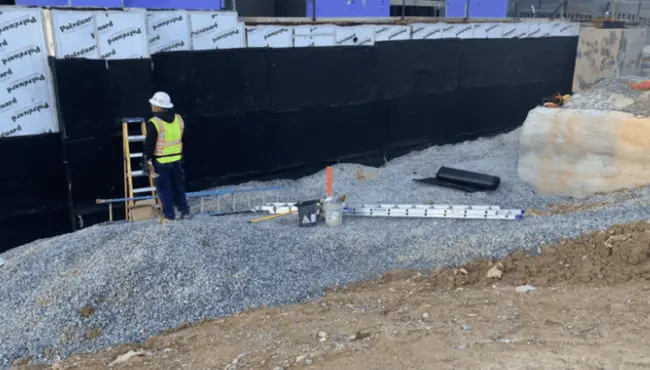Water intrusion can devastate basement walls, causing structural damage, mold growth, and expensive repairs. Finding the best moisture barrier for basement walls is crucial for maintaining a dry, stable environment. Effective solutions provide dependable protection against persistent dampness and related complications.
Understanding Moisture Barriers for Basement Walls
Protective systems act as shields, preventing water from infiltrating the materials that make up your basement walls. Constant exposure to damp conditions poses serious risks, particularly in unfinished basements or areas with heavy rainfall. Choosing the best moisture barrier for basement walls not only blocks unwanted moisture but also enhances insulation performance, improves indoor air quality, and reduces conditions that encourage mold growth.
Choosing the Appropriate Moisture Barrier System
Choosing the best moisture barrier for basement walls depends on factors like environmental conditions, compatibility with various substrates, and preferred application methods. Solutions such as sheet membranes, liquid coatings, and vapor protection systems each offer unique benefits based on their intended use. Ensuring proper installation and adherence to manufacturer guidelines is essential for achieving lasting performance.
Why Sheet Membranes Offer Reliable Defense
Sheet membranes provide robust, consistent protection due to their durable construction and proven performance. Made from materials like rubberized asphalt or polyethylene, these sheets form a continuous, impermeable layer that prevents water intrusion. For exterior applications, sheet membranes are often the best moisture barrier for basement walls due to their resistance to shifting structures and heavy rainfall.
Their flexibility allows them to adjust to building movement without compromising coverage. By eliminating gaps and weak points, sheet membranes offer dependable, long-term protection even in challenging environments. They excel at providing uniform coverage on vertical and horizontal surfaces where waterproofing is essential.
Versatility of Liquid Coatings
Liquid coatings provide adaptable protection when applied to complex or irregular surfaces. These coatings cure to form a cohesive, bonded layer directly attached to the substrate. The seamless nature of liquid coatings eliminates potential weak spots, enhancing their overall reliability.
Unlike sheet membranes, liquid coatings conform to uneven surfaces, making them suitable for areas where traditional systems may struggle. Their flexibility also allows them to maintain coverage through structural shifts, offering practical solutions for foundations, penetrations, and high-exposure zones. For many, liquid coatings are among the best moisture barrier systems for basement walls with irregular structures.
Vapor Protection for Interior Walls
Vapor protection systems are designed to prevent vapor transmission rather than direct water exposure. By blocking vapor from seeping through walls, these systems enhance insulation performance and prevent condensation-related problems. They are particularly useful in environments with high humidity or extreme temperature shifts.
These systems contribute to maintaining indoor air quality and preventing damp air from compromising dry spaces. Effective vapor protection ensures that insulation remains intact, preserving structural integrity over time. When searching for the best moisture barrier for basement walls, integrating vapor protection is crucial for areas prone to humidity-related issues.
Polyguard’s High-Performance Solutions

Polyguard offers a diverse range of protection systems designed for various applications. Their products excel at preventing water intrusion and managing vapor transmission in demanding conditions.
- Polyguard 650 Membrane: A durable, 60-mil self-adhesive membrane designed for vertical and horizontal applications on concrete, wood, CMU, and ICF surfaces. It offers consistent adhesion and flexibility, allowing it to maintain performance even as structures settle or shift.
- Polyguard Blue Barrier™ Liquid Wrap 2300: A fully-adhered, spray-applied permeable coating that creates a uniform, protective layer. It provides excellent air and moisture control, making it especially effective for complex architectural surfaces.
- Polyguard Airlok Flex® VP: A water-based, fluid-applied membrane designed to prevent air and vapor penetration while allowing vapor to escape. It delivers reliable protection for substrates like concrete, CMU, OSB, and rigid insulation, making it particularly effective for intricate interior applications.
Polyguard’s products combine strength, adaptability, and advanced engineering to provide the best moisture barrier for basement walls in challenging environments.
Installation and Maintenance Best Practices
Achieving optimal performance requires proper installation and maintenance. Preparing surfaces thoroughly ensures that systems adhere correctly and deliver reliable protection. Following manufacturer guidelines during installation is critical for ensuring coverage remains intact over time.
Installing Polyguard Sheet Membranes
Sheet membranes like the Polyguard 650 Membrane should be applied to clean, dry surfaces free of contaminants. Edges must overlap by at least 2 inches to maintain a continuous seal. Properly sealing joints and penetrations is essential to avoid gaps where water or vapor could infiltrate. Consistent adherence and overlap ensure reliable, long-term protection.
Applying Liquid Coatings and Vapor Barriers
When using Polyguard Blue Barrier™ Liquid Wrap 2300, ensure even spray application to achieve consistent coverage across the substrate. For Airlok Flex® VP, allow sufficient curing time before applying additional materials or coatings. Proper curing enhances durability and prevents compromised performance. Seal all joints thoroughly to prevent potential weak points where air or vapor could penetrate.
Routine Maintenance and Inspection
Regular inspections help identify signs of wear or damage before they escalate into significant problems. Addressing minor concerns early on extends the lifespan of the protection system and ensures it continues to function effectively. Consistent maintenance is essential for keeping the best moisture barrier for basement walls performing at its highest level for years to come.
Protect Your Basement with Polyguard’s Solutions
Selecting the best moisture barrier for basement walls is essential for maintaining a dry, healthy environment. Polyguard’s advanced solutions provide reliable performance for various applications, from residential basements to commercial structures requiring specialized protection. Contact us today to learn more about Polyguard’s innovative solutions.


